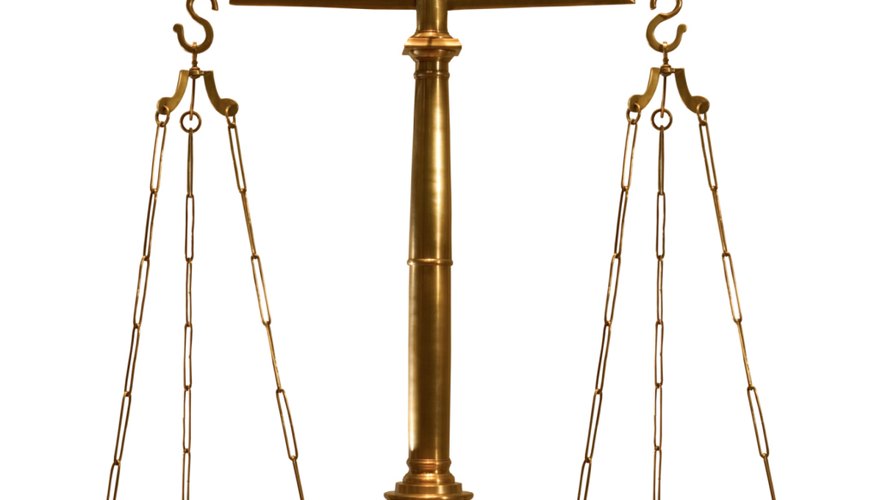A corporation is a separate legal entity that, in the UK, has been registered at Companies House. Incorporation brings with it certain rights and liabilities. Larger companies and public companies tend to be owned by a large number of shareholders who appoint a board of directors to run the company for them. Corporate governance of any form is a balancing act, in which the needs of owners, managers, staff, and customers have to be met. This form of governance, in which ownership and control have been separated, has a number of advantages and disadvantages.
Limited liability
A corporation exists as a separate legal entity with its own rights and liabilities. The owners of the company have limited liability. This means that, if something goes wrong, they are not personally liable.
Professional management
Shareholders appoint boards of directors to run corporations. The directors in turn appoint managers, whose responsibility is to manage business assets in such a way as to generate profits for the shareholders. This means that there is an efficient allocation of capital and that the business is run in a professional manner. People with expertise in marketing, finance, and other business functions are responsible for the day-to-day decisions of the business.
- Shareholders appoint boards of directors to run corporations.
- The directors in turn appoint managers, whose responsibility is to manage business assets in such a way as to generate profits for the shareholders.
Good decisions
The rules regarding the ways in which a corporation is structured and run theoretically lead to optimal decision-making. Managers report to the board of directors, who run the company on behalf of the shareholders. These three different levels of responsibility, with differing needs, means that decisions should be challenged and risks assessed carefully. Separating ownership from control creates a set of checks and balances that should ensure the corporation works in the best way possible for all its stakeholders.
- The rules regarding the ways in which a corporation is structured and run theoretically lead to optimal decision-making.
- These three different levels of responsibility, with differing needs, means that decisions should be challenged and risks assessed carefully.
Little shareholder involvement
A disadvantage of the very large numbers of shareholders in a typical public company is that most shareholders in fact have very little involvement in the company. In most companies, large blocks of shares are owned by pension funds and other groups of investors. The very largest funds may be consulted, occasionally, by the board, but it is a near impossibility to consult all shareholders about even major decisions. All shareholders can reasonably do to influence a company's direction is sell their shares.
- A disadvantage of the very large numbers of shareholders in a typical public company is that most shareholders in fact have very little involvement in the company.
- The very largest funds may be consulted, occasionally, by the board, but it is a near impossibility to consult all shareholders about even major decisions.
Slow decisions
The checks and balances created by separating ownership and control in a corporation can also slow down decision-making. Managers find it hard to respond quickly and flexibly to changes in the marketplace and to the introduction of new technology.
